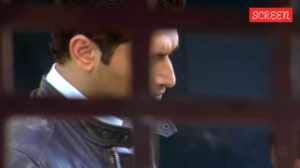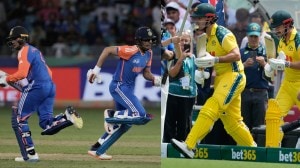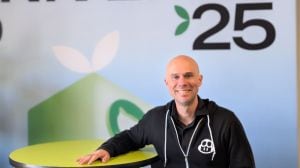Rural coordinates
The Gnowledge Lab,an R&D arm of the Homi Bhabha Centre,is mapping villages that have no online presence
Till a few years ago,Borgaon,a village in Maharashtras Raigad district, had no virtual identity. Today,a search for Borgaon unfolds the coordinatesthe roads leading to Borgaon,the local hospital and the panchayat office.
An initiative of Gnowledge Lab,an R&D laboratory of the Homi Bhabha Centre,Tata Institute of Fundamental Research (HBC-TIFR),in collaboration with the Digital Bridge Foundation,the project involves mapping nine villages like Borgaon in Raigad district. The mapping is done using self-made GPS navigators and while they are at it,the team helps children in the village find their way around on a computer.
A small team of scientists,research scholars and technical engineers,led by Professor Nagarjuna G of Gnowledge Lab,is carefully collecting trails,positions and tracks and putting these villages on the Internet. A result of the free and open source movement,their idea is to map these villages that do not exist on sites like Google maps and WikiMapia.
The project,which began a month ago,has so far mapped the villages of Khairat,Varose,Bidkhurd and Morbe Dam,besides Borgaon.
Once every week,the Gnowledge lab team starts off early in the morning and visits the village school. From here,the team swells to include teachers and some students and they leave to carry out mapping and tracking activity. The others stay back with laptops that the team brings for the children. The team then treks through the village,armed with GPS systems that are synced with laptops,on to which the paths and trails are collected and saved. Then,a file containing the entire path is created and saved before its uploaded on to http://www.openstreetmap.org. The GPS systems were designed by J T DSouza and Punit DSouza,volunteers with the project.
Talking about the initiative,Nagarjuna says,To explain in simple terms,the process is just like how in the famous childhood fable,Hansel and Gratel dropped bread crumbs to know how to get back home. In much the same way,here we draw trails and copy them. We also mark important landmarks of the village like the temple,the panchayat office,hospitals,the bus stop and put it all up in the map during post-production. We are open to editing the maps too since it is all collaborative. For the children,this is like studio-based learning where we help them to learn and understand geography in a very practical manner.
As part of the post-production work,the team uses a special editing software to put in landmarks such as hospitals and schools.
It is during the one year that Nagarjuna worked in the villages of Maharashtra for the One Laptop Per Child (OLPC) project that he realised that while roads and cities are all intricately mapped,the villages have no representation. This is basically a protest to strengthen the public domain. A lot of such information that the government has,is not shared and thats why we decided to do it voluntarily, he says.
Nagarjunas next plan is to put up Wikipedia pages with information on these villages. We are also going to approach the District Collector of Raigarh for more support, he says.
Anjali Kshirsagar,principal of the Raigad district school in Bidkurd village,says,The visit by the Gnowledge lab team has helped the children. They are excited to learn and develop not only technical skills but also the English language,concepts of Physics,geography and so on.





- 01
- 02
- 03
- 04
- 05


























